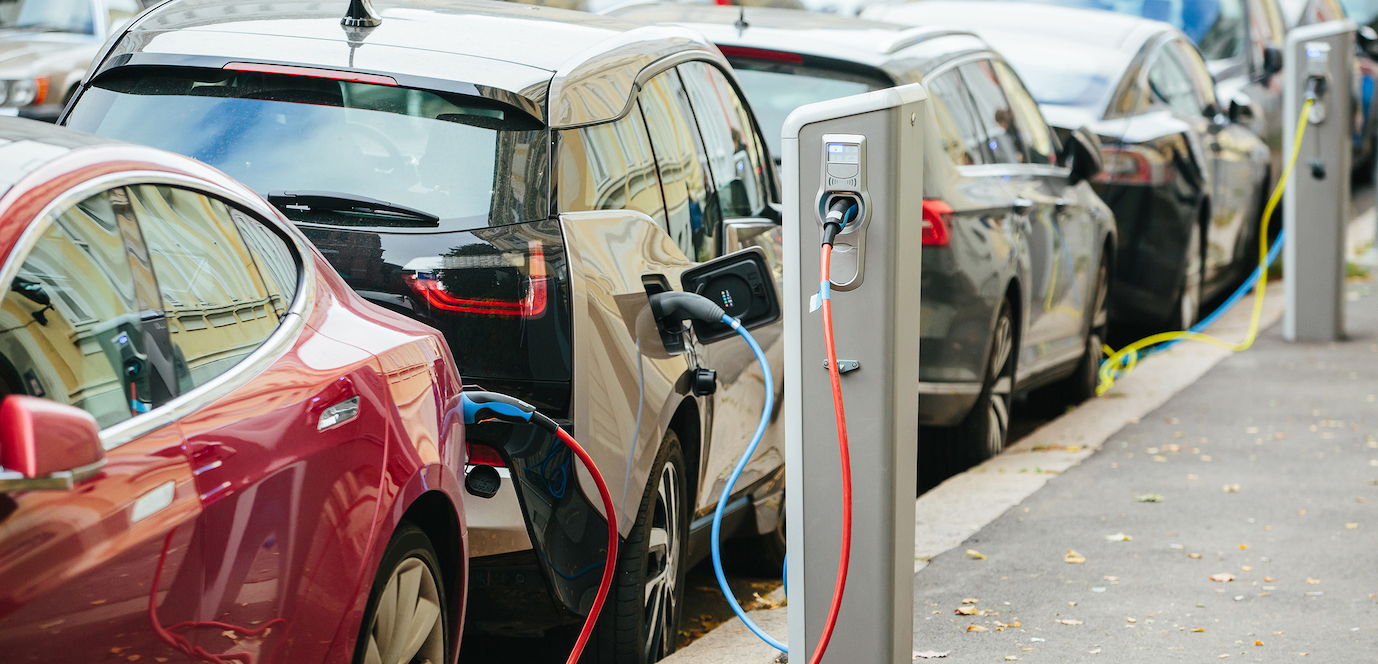Renewables: A case study of what (mostly) good policy can achieve
by Inline Policy on 09 Jul 2014
For all that some of the media (in the UK at least) enjoy stirring the pot about the unsuitability of renewables projects because of their impact on the landscape, on local communities, etc, investors and the finance sector will tell you that is policy direction and regulatory stability which counts.
Germany - and Denmark - the European leaders on renewables
Nowhere in Europe is more important to the renewables sector than Germany. Although Denmark - now generating 43% of its energy from renewable (primarily wind) sources - can justifiably call itself the European trailblazer, Germany’s economic and political weight have made it the EU policy leader on decarbonisation. Renewables legislation in 2000, which introduced feed-in tariffs to guarantee fixed prices for feeding energy from renewables sources into the grid, really got the ball rolling in Germany. The policy approach was reinforced in 2010 when the last Merkel coalition published its “Energiewende” (“Energy Transition”) policy document, signalling a further push on greenhouse gas emissions reduction, an ambitious energy efficiency target, a drive on R & D; and a target that Germany should by 2050 be generating 60% of its energy from renewables.
These targets, backed up by legislation which, even though it has been criticised in some quarters (partly because of Merkel’s decision to turn her back on nuclear power post-Fukushima and accelerate the closure of German’s nuclear plants), have resulted in the establishment of a major industrial sector. The upshot is that Germany is now on average generating more than 25% of its electricity from renewables and, according to the Renewables 2014 Global Status Report, approximately 370,000 people work in the sector.
Regulation, and any reform to it, matters
It’s not all been plain sailing, however. Much of the criticism for Merkel’s introduction of the Energiewende has been caused by the rise in consumer energy bills. There is also evidence of an expansionary bubble generated by reliance on subsidies (the much vaunted feed-in tariffs) and the fact that infrastructure development, grid connectivity and storage capacity have not kept pace with the growth of the sector. Reform of Germany’s renewables legislation (the Renewable “EEG” Act) trailed in last year’s campaign and has recently been moving through the Bundestag. There have been bumps along the way, but it is still expected to come into force on 1 August.
The reform is a collection of compromises which will see limits placed on the expansion of onshore wind, solar and offshore wind, plus cuts in the feed-in tariffs for onshore and solar. Under pressure from the European Commission on state aid grounds, the German Government is also reducing the number of energy-intensive companies who have been shielded from paying the EEG surcharge - the levy introduced to fund the Energiewende, which has been a feature of rising consumer bills,
However, despite the claims made by some critics in Germany, these reforms do not amount to absolute sweeping changes and they certainly do not represent a change in the direction of travel. As nuclear power will be eliminated by the early part of the next decade, the Government plans to increase the share of renewable sources to 40/45% of total electricity production by 2025 and to 55/60% by 2035. The 2050 target for renewables’ overall share of the energy mix remains in place.
Regulatory design can be enacted in more effective ways than others
Germany’s renewables polices are by no means perfect - witness the solar over-expansion in particular - but there is evidence that their broadly stable policy regime, nestled within a political and economic framework, is the most effective way to drive growth and investment in the sector. A report recently published by the Brussels think-tank CEPS (Centre for European Policy Studies), on the type of polices which drive renewables development, would seem to bear that out. This report, heavily evidence-based, draws from the responses of 180 renewables participants (business, policy experts) in the EU but also from some non-EU countries. The principal conclusions were that:
- a clear and reliable policy framework is essential to spur stable and sustainable growth in renewables technologies;
- policy instruments need to be economically efficient, ie regulators should guard against instruments which can lead to overcompensation;
- support should be technology-specific - this helps avoid windfall profits; and
- predictable, transparent and continuous adaptations of support levels for dynamic technologies, eg solar PV, are needed in order to adapt to changing framework conditions. Long-term commitment and early communication of changes both help to maintain a sound investment climate.
These conclusions, while not particularly revelatory, are fascinating as they basically tell us which countries have ticked those boxes and which haven’t. It is perhaps no surprise that the report goes on to examine one specific sector in more detail - which is solar PV in Germany - as an example of (mostly) best practice. In fairness, the researchers acknowledge the mistake made by German regulators in 2011 by keeping support payments at the same level for 12 months when solar panel costs were falling. The report also doesn’t mention the failure to keep pace with grid and infrastructure development.
Germany’s policy and regulation has certainly been better than most
But there is, rightly, more emphasis on what Germany has done right. The EEG, within a decarbonisation strategy epitomised by the Energiewende, has been a stable and reliable support scheme. Apart from in 2011, the regulators have frequently adapted support payments in direct correlation to falling technology costs. Moreover - and this is a key point - the German scheme has consistently featured a mechanism which automatically reduces the feed-in tariff based on transparent and readily understood criteria.
These positive lessons learned are a contrast to some European renewables schemes in recent years which have been guilty of cutting (or removing altogether) subsidies without any forewarning. Business and investment can’t expect absolute certainty on the part of policymakers and regulators; but the minimum they should expect is predictability and transparency, and the CEPS report explains clearly how this can be done and how positive results can be achieved.
Photo by Mike Baker (CC BY-NC-SA 2.0)
Topics: Energy policy








Comments